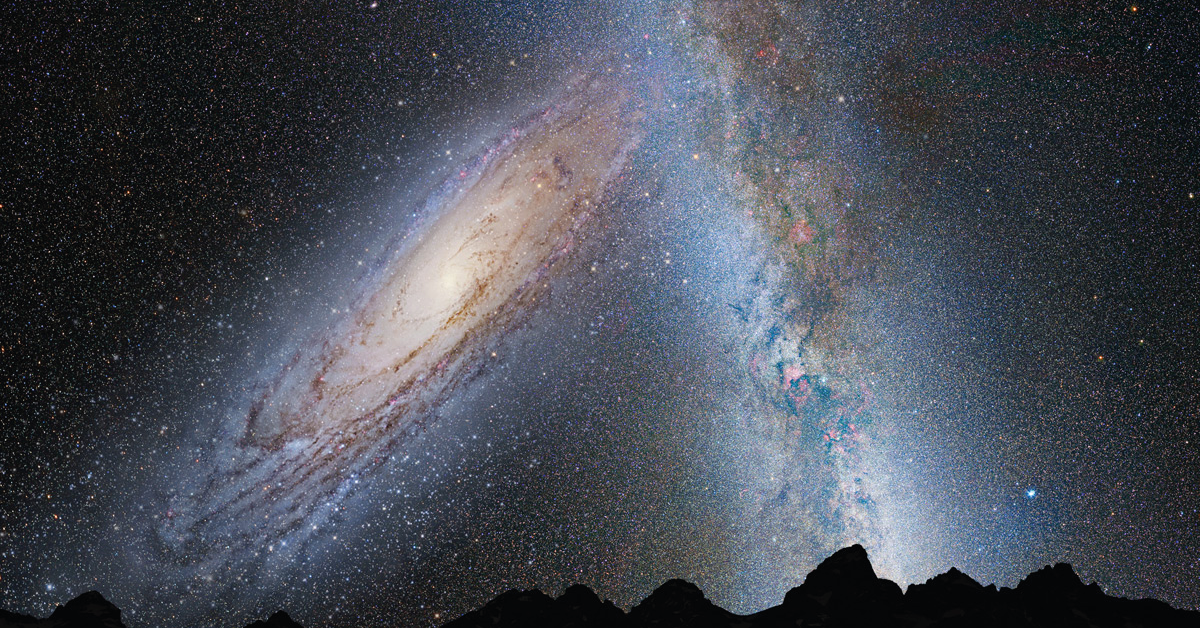Wonder often begins quietly. It might come while looking up at the sky on a cold evening, or reading a headline about a distant planet. It’s not always dramatic. Sometimes it’s just the feeling that something is bigger, stranger, or more beautiful than we expected. In space science, wonder is not a distraction from facts – it’s often what brings us to them.
Children feel it naturally. They ask questions that don’t come with quick answers. How big is the universe? What’s inside a black hole? Are we alone? As we grow older, we learn more – and sometimes ask less. But science doesn’t happen because questions go away. It happens because the questions get better.
In astronomy, wonder and evidence go hand in hand. The feeling that a galaxy is vast becomes a calculation of how long its light has travelled. The awe of a solar eclipse becomes a moment to study the Sun’s atmosphere. Behind every sense of scale or strangeness is something we can measure, test, and understand.
That’s not a contradiction. It’s the point. Wonder makes the facts matter. It turns data into stories and information into connection. When someone learns that a star has planets, or that a nebula is the remains of something that exploded millions of years ago, they’re not just memorising details. They’re building meaning.
In public science, this matters more than ever. We’re surrounded by data, but not always by understanding. Making space feel human – not distant or abstract – helps more people take part in what science is really about. Not just results, but curiosity. Not just knowledge, but insight.
Wonder is not vague. It’s specific, focused, and personal. It invites questions and welcomes not knowing. It makes space science feel like something people can belong to, not just look at from afar.
That’s what we try to hold onto. The idea that learning isn’t just about answers – it’s about attention. And that space, for all its distance, is something we can bring a little closer by the way we notice it.




